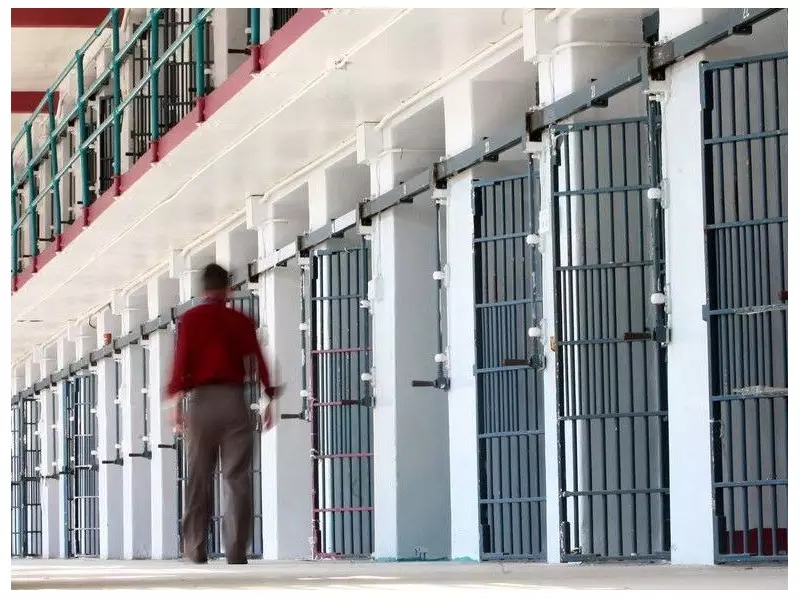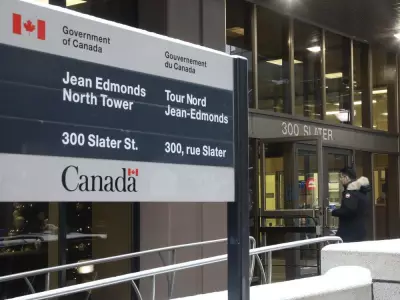
New data from Correctional Service Canada reveals a striking trend unfolding within the nation's federal prison system. The number of inmates who are not Canadian citizens has been steadily increasing, presenting new challenges for correctional authorities and raising important questions about public safety and immigration enforcement.
By the Numbers: A Growing Population
Recent statistics show that foreign nationals now represent a significant portion of the federal inmate population. This upward trajectory marks a notable shift in the demographic composition of Canada's correctional institutions. The data indicates this isn't an isolated spike but rather a consistent pattern that has been developing over multiple reporting periods.
Geographic Distribution and Offense Patterns
The increase spans multiple correctional facilities across the country, suggesting this is a nationwide phenomenon rather than being concentrated in specific regions. While comprehensive details about the countries of origin remain limited in public reports, the trend highlights the increasingly international nature of crime affecting Canadian communities.
Correctional documents indicate these inmates represent a diverse range of criminal backgrounds, including:
- Drug trafficking and organized crime involvement
- Violent offenses and weapons charges
- Immigration-related violations
- Financial crimes and fraud schemes
Systemic Implications and Challenges
This growing population presents unique challenges for federal correctional authorities. Non-citizen inmates often require additional resources including specialized interpretation services, consular coordination, and navigating complex international legal frameworks.
Correctional Service Canada faces the dual responsibility of maintaining secure facilities while ensuring appropriate care and management for this distinct inmate population. The increasing numbers also raise questions about deportation procedures and how foreign nationals with criminal convictions are handled within Canada's immigration system.
Broader Context and Public Safety Considerations
The rising trend occurs against the backdrop of ongoing debates about border security and criminal justice policy. While public safety remains the primary concern, the data also touches on broader discussions about immigration enforcement and international cooperation in addressing cross-border crime.
Correctional officials continue to monitor these demographic shifts while implementing strategies to manage the evolving composition of the federal inmate population. The situation underscores the complex intersection between criminal justice and immigration systems in an increasingly globalized world.
As this trend continues to develop, stakeholders across multiple government agencies will likely need to coordinate efforts to address both the immediate correctional management issues and the underlying factors contributing to this demographic shift within Canada's prison system.





